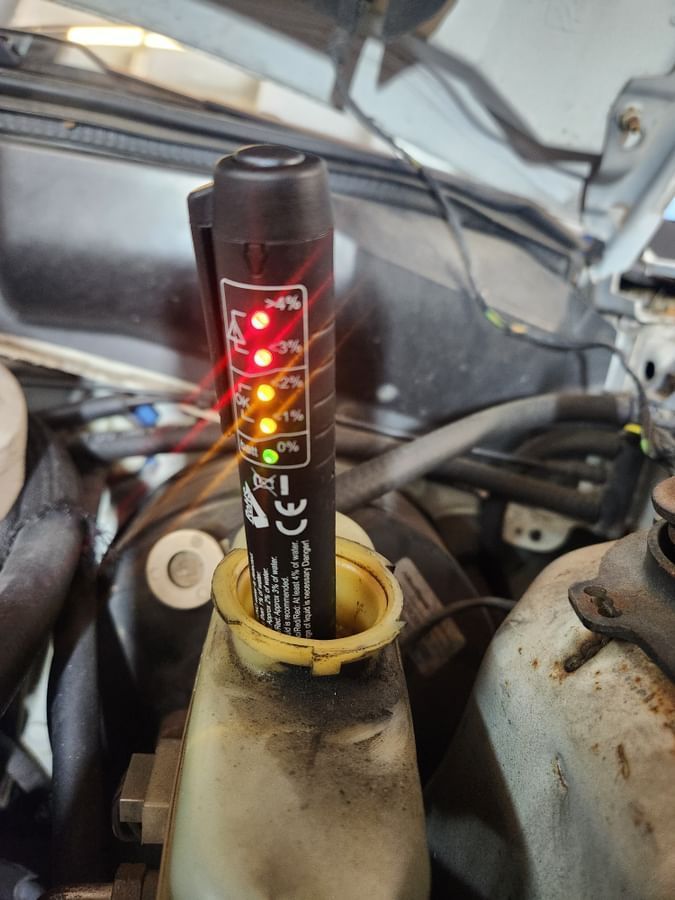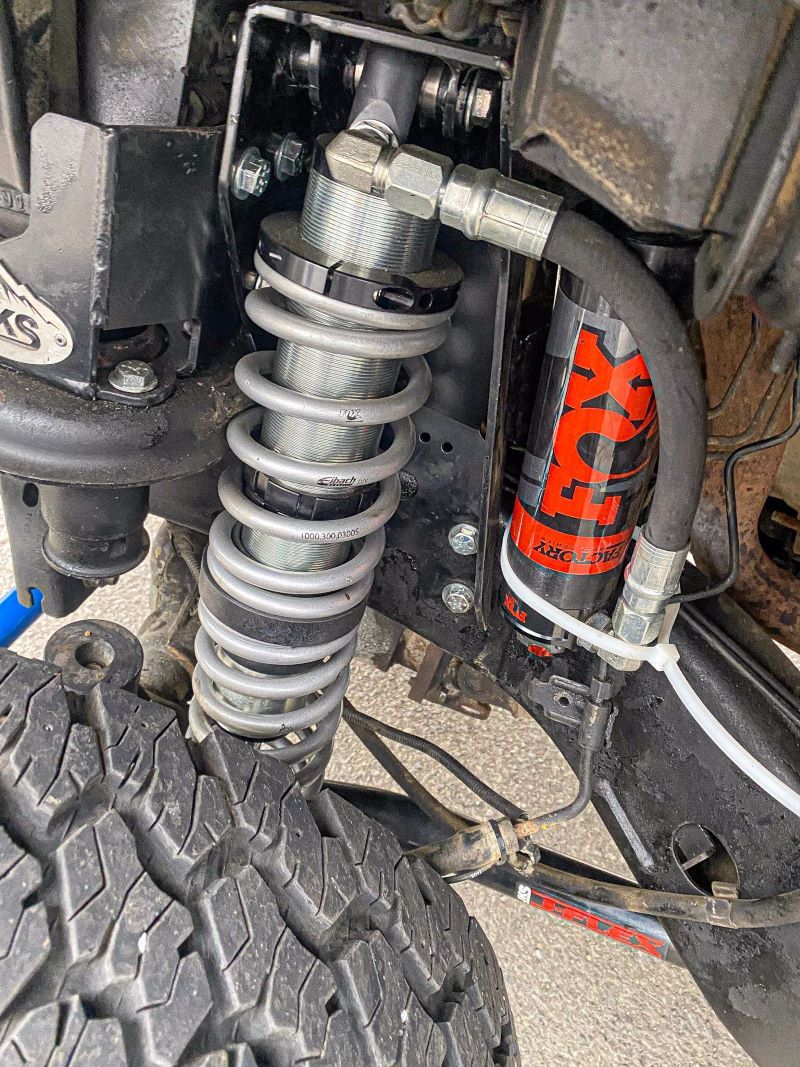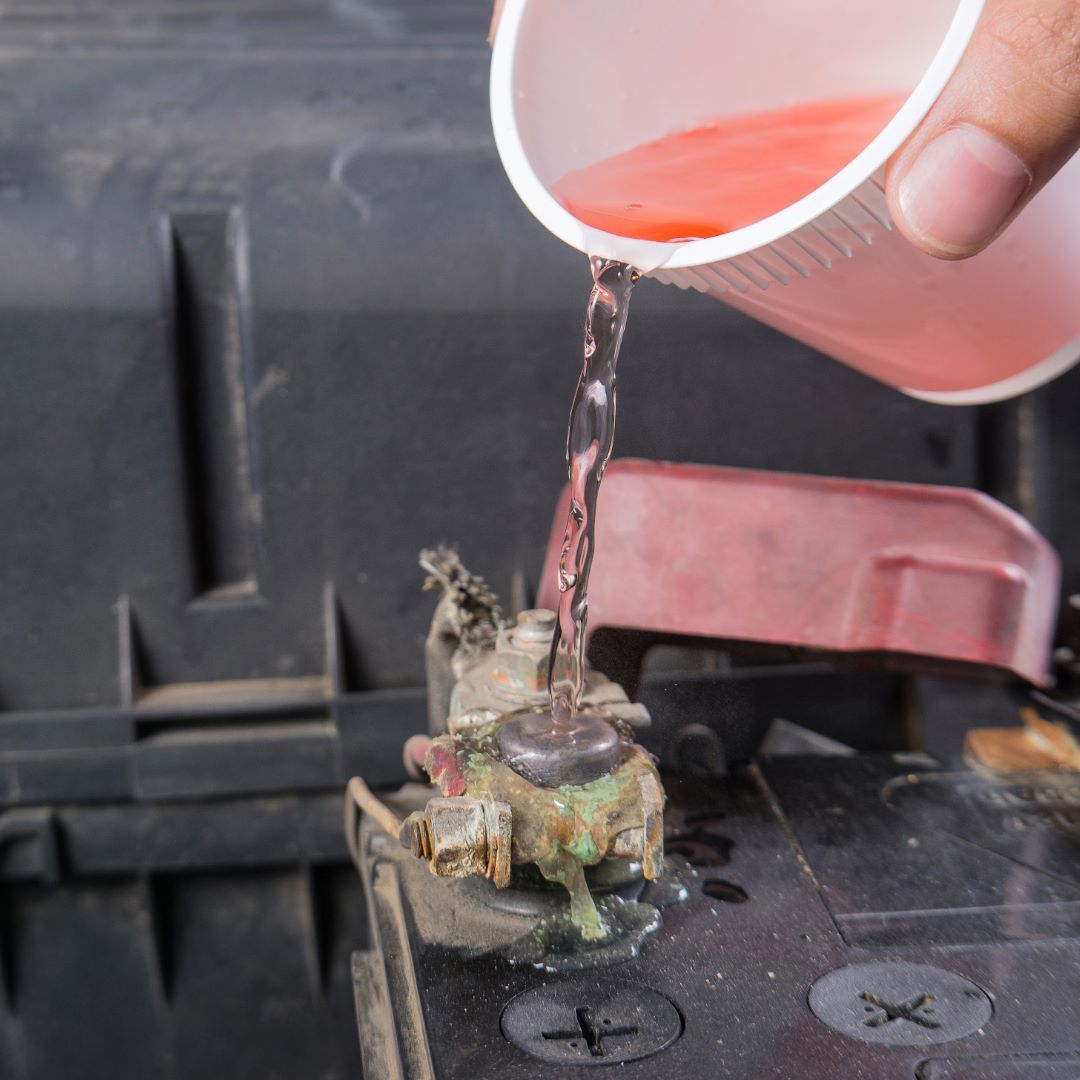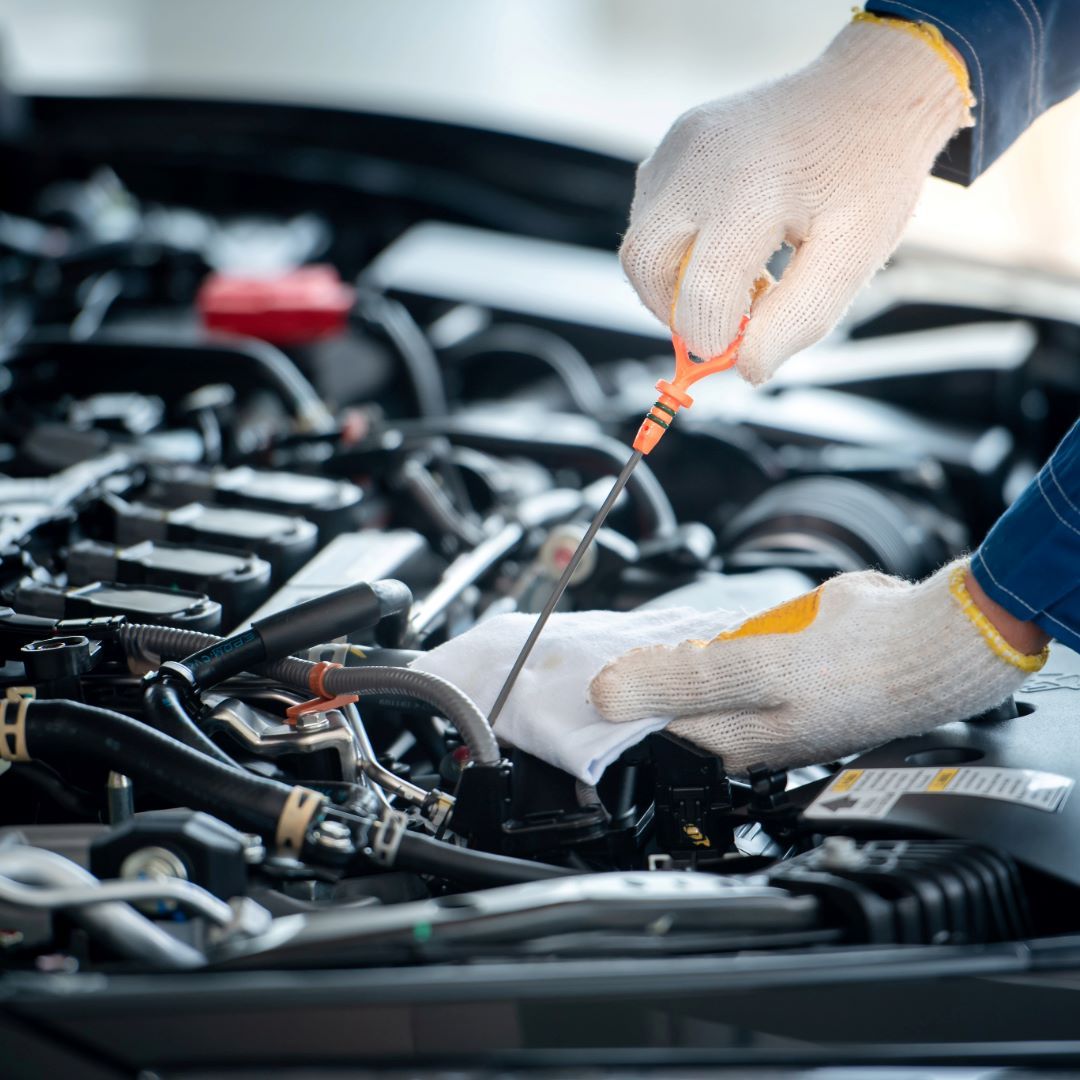A Brief History of the Automotive Transmission
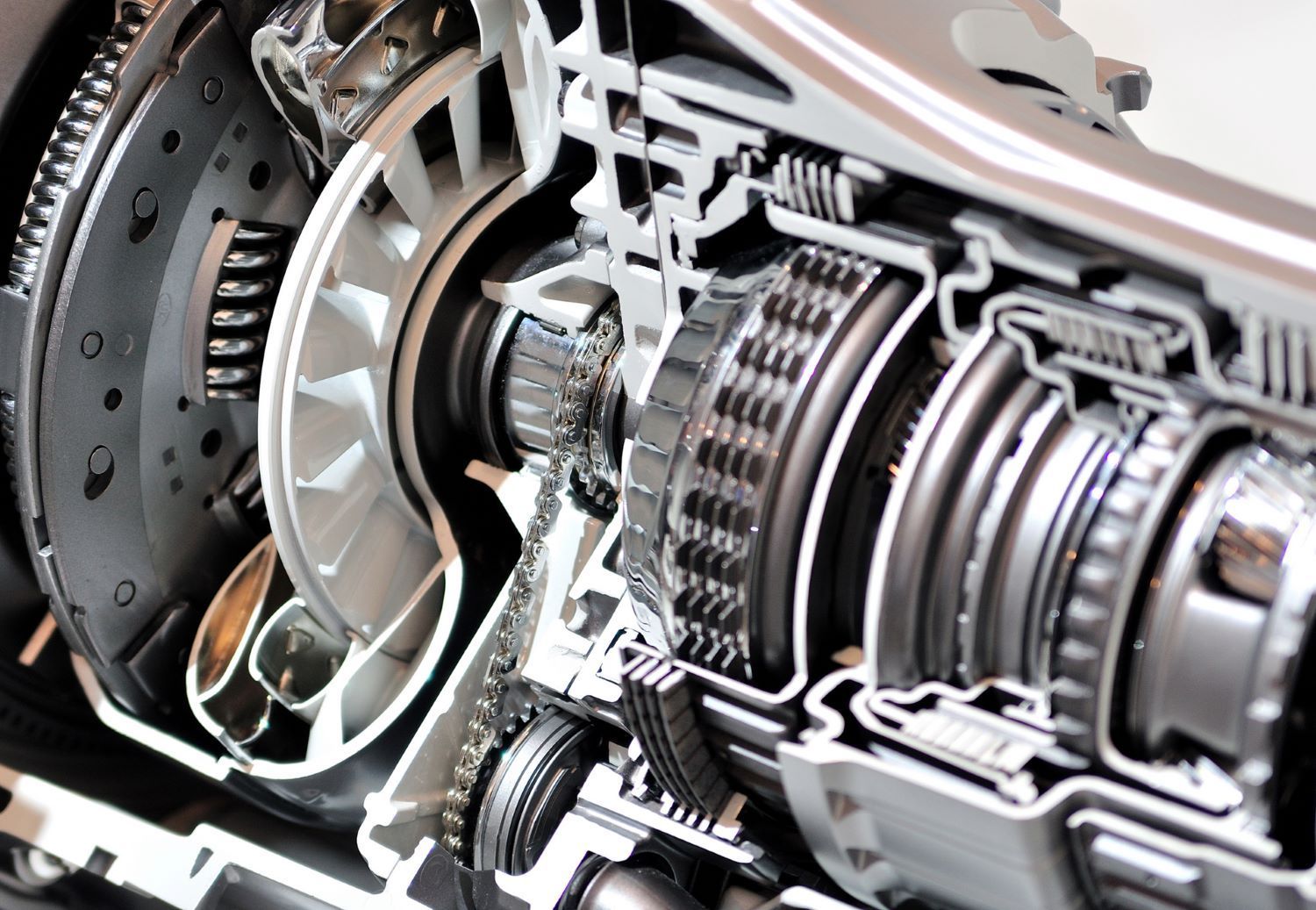
History of Automotive Transmissions | ABC Auto Repair Burien
From simple gearboxes to advanced computer-controlled systems, the transmission has come a long way over the past century. Understanding the evolution of this essential component gives vehicle owners a better appreciation of modern drivability and why proper transmission maintenance matters so much.
Let’s take a quick journey through time to see how the transmission has evolved and shaped the automotive world we know today.
The Early Years: Manual Gearboxes
The first commercially produced transmissions were basic manual gearboxes. Vehicles were slower, roads were limited, and cars weren’t built to exceed high speeds. These early gearboxes typically had just two forward gears and one reverse, which the driver operated manually using a clutch pedal and gear shift lever.
In these early systems:
- The clutch disconnected the engine from the transmission
- The gear lever manually engaged gear sets
- Shifting required strength and precision
While effective, these early systems weren’t user-friendly, especially in heavy traffic or for newer drivers. Automakers soon recognized the demand for something more accessible.
The First Automatic Transmission: Oldsmobile’s Hydra-Matic (1940)
In 1940, Oldsmobile introduced the Hydra-Matic, the first hydraulic automatic transmission. Instead of a mechanical clutch, the Hydra-Matic used a fluid coupling a revolutionary system that connected the engine to the transmission using hydraulic fluid, reducing the need for driver input during shifts.
While fluid couplings were smoother, they also had a drawback: loss of torque during power transfer. Still, this innovation set the stage for the modern automatic transmission.
The Power of Planetary Gear Sets
To improve shifting and compactness, planetary gear sets were introduced. These allowed multiple gear outputs from a single rotating assembly, making it possible to shift without disengaging other gears. This was a major leap toward seamless and reliable automatic shifting.
These gear systems are still used today in both automatics and some hybrid systems.
Torque Converters and the Rise of the Modern Automatic
In 1947, Buick’s Dynaflow transmission introduced the torque converter, a major upgrade from the fluid coupling. Torque converters allowed automatic transmissions to multiply torque, providing better acceleration and performance without sacrificing drivability.
Soon after, brands like Chevrolet (Powerglide) and Packard (Ultramatic) adopted similar technologies. By the 1950s, hydraulic automatics with torque converters became standard in American cars, especially for daily commuting and family vehicles.
Manual Transmissions Keep Evolving
Even with the rise of automatics, the manual transmission never disappeared. Enthusiasts valued them for:
- Greater control
- Better fuel efficiency
- Simpler mechanics
To meet performance demands, the dual-clutch transmission (DCT) was born. Originally developed by Porsche for racing in the 1970s, the DCT uses two separate clutches to handle odd and even gears, allowing lightning-fast shifts with no interruption in power. The Volkswagen Golf R32 was the first consumer vehicle to feature a DCT in 2003. Since then, manufacturers like Ferrari, Bugatti, Porsche, and Nissan have used DCTs in high-performance vehicles.
Enter the Tiptronic: Manual Control with Automatic Ease
To bridge the gap between manual and automatic, engineers developed the Tiptronic (or manumatic) system. This allows the driver to shift gears manually often using paddle shifters without operating a clutch. Underneath, it’s still a hydraulic automatic transmission with electronic sensors and actuators that respond to driver input.
The Rise of the CVT
The Continuously Variable Transmission (CVT) is a completely different approach. Instead of fixed gears, a CVT uses a belt and pulley system that continuously adjusts to deliver optimal power and fuel economy keeping your engine in the ideal power band at all times.
While CVTs provide smooth acceleration and better MPG, they struggle with high-torque applications (like trucks) and are less favored in performance vehicles.
Today’s Transmission Landscape
Modern transmissions are more complex and refined than ever before. They use:
- Onboard computers and sensors
- Adaptive learning algorithms
- Electronic actuators and solenoids
- Sophisticated fluid dynamics
But one thing hasn’t changed: transmission health still depends on fluid quality. No matter what type you drive automatic, CVT, manual, or DCT your transmission fluid must be clean and at the correct level to ensure smooth performance and long life.
Transmission Service in Burien
At ABC Auto Repair in Burien, we specialize in transmission repair, clutch service, and fluid maintenance for all types of transmissions. Whether you drive a Toyota Corolla, BMW M3, Jeep Grand Cherokee, Honda Accord, or Ford Mustang, we’ll make sure your transmission keeps shifting like it should.

